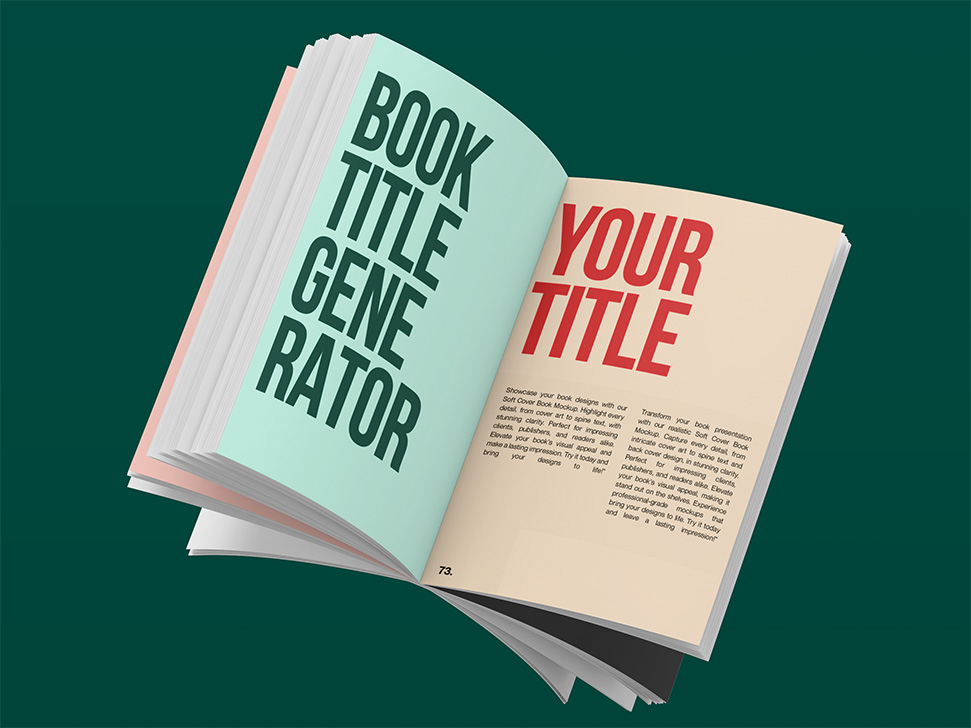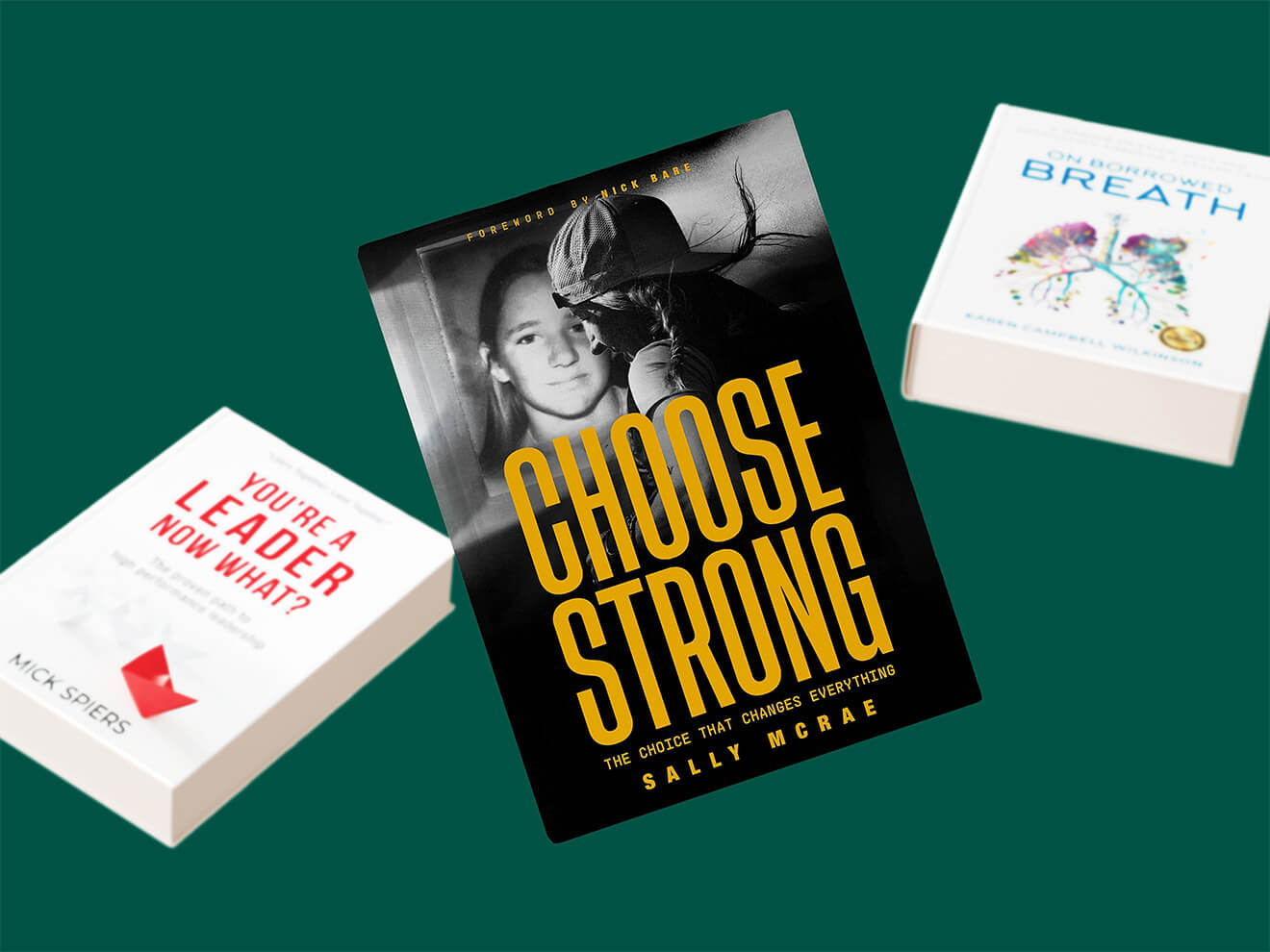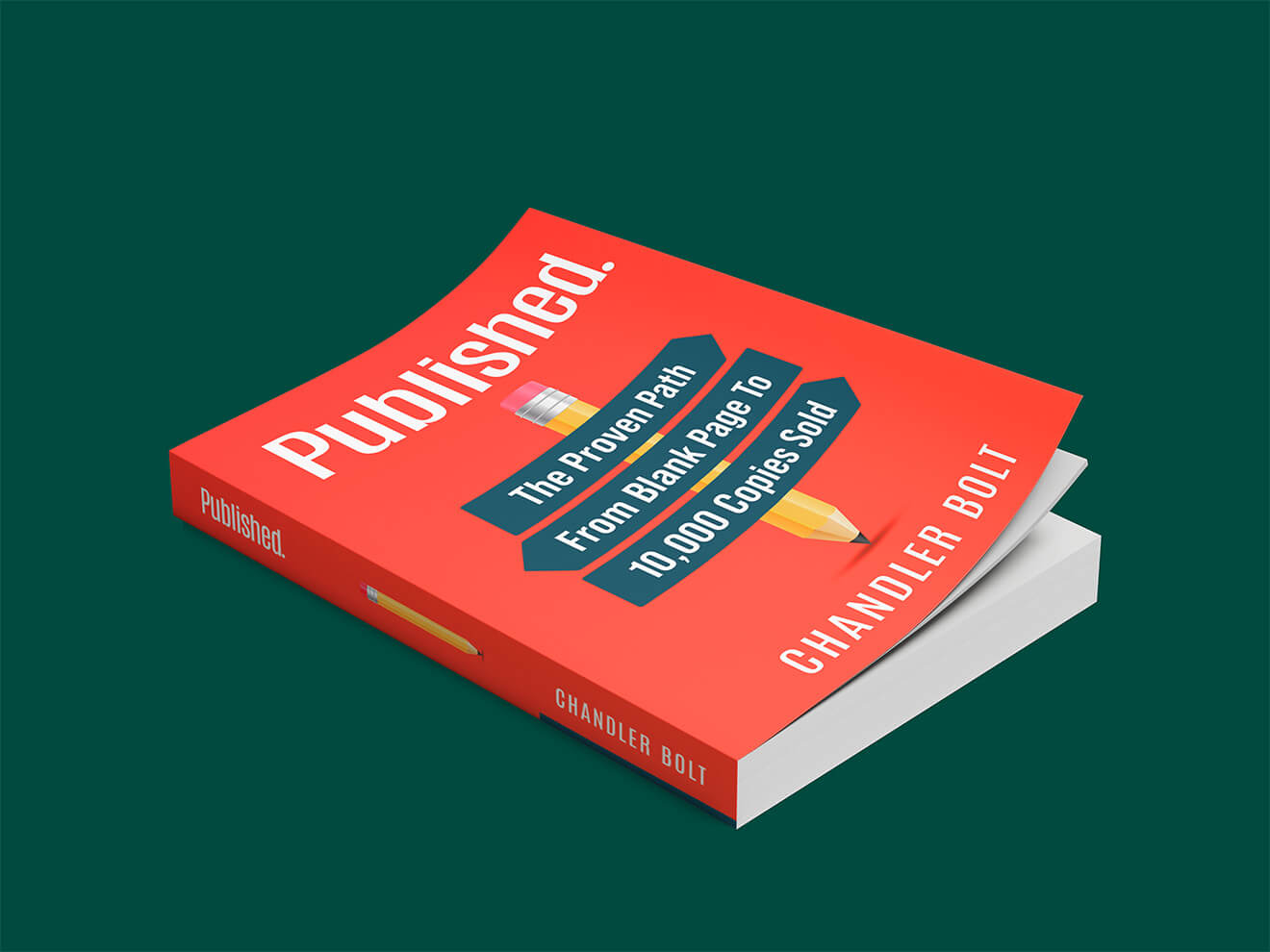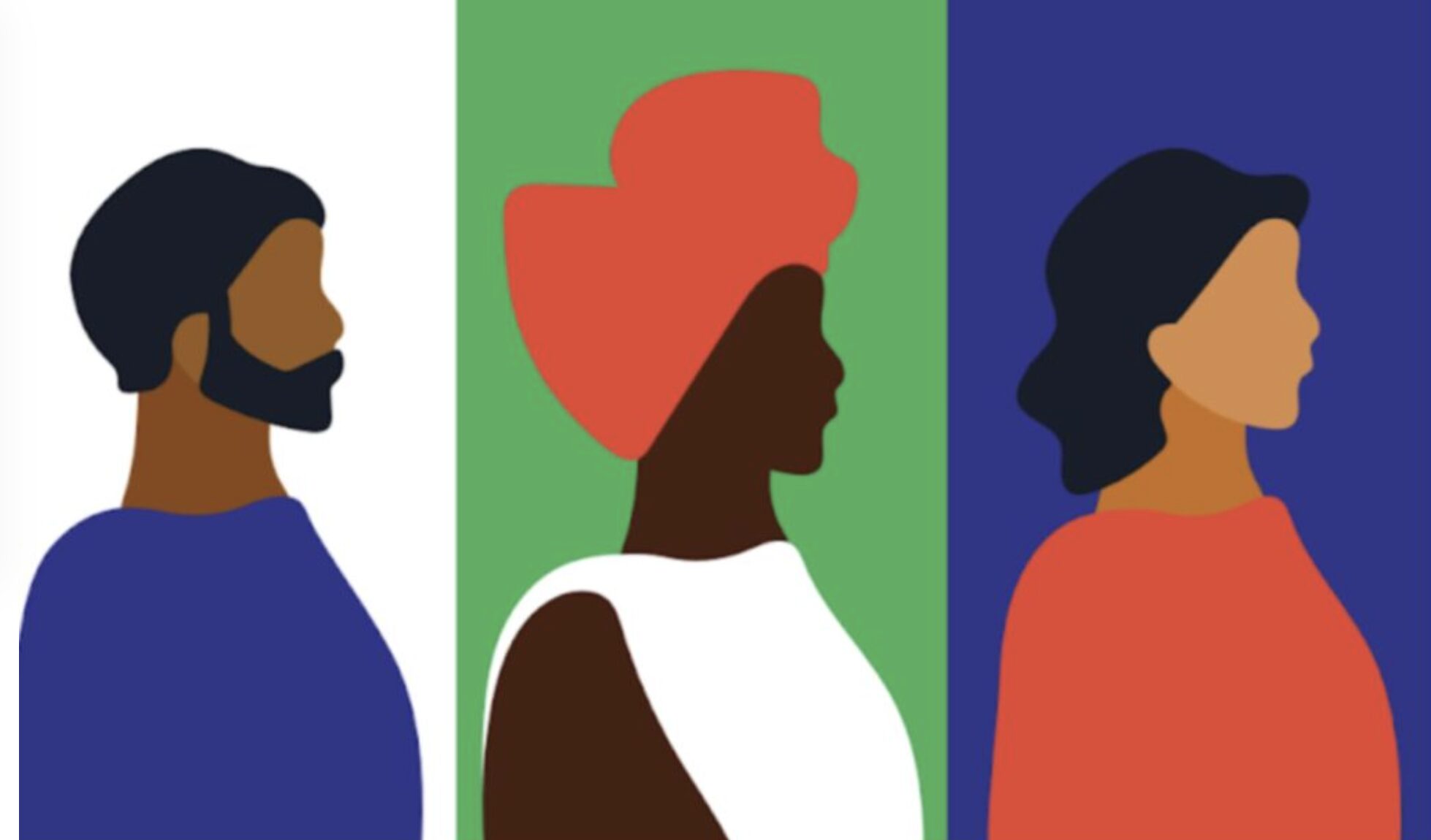As an author, do you use different types of tones depending on the genre or audience? Do you have a distinctive tone readers can use to identify your writing, regardless of the subject matter? Or are you still trying to figure out how to leverage different types of tones in your writing to create a more compelling story?
Regardless of what you answered, this guide to the types of tones in writing is for you!
In this article, we’ll help you identify the different types of tones, provide examples, and give you tips on how to develop your own writing tone and decide which types of tones to use for your next book.
What is a Writing Tone?
Have you ever had your writing misinterpreted? An everyday example is sending a text as a joke just to realize that the person thought you were serious.
It never feels good to have someone misinterpret what you are trying to say. And that’s just one reason why it is important to learn how to convey the right types of tones.
But before you begin – whether you’re writing a novel or updating your author website (or even a social media caption!), it’s important to know what is meant by “tone” in writing.
Writing tone is a type of literary device and the different types of tones refer to the attitude, mood, or emotional quality an author conveys through their choice of words, sentence structure, and overall style. A tone is like the author’s unique voice (or the voice they assign to their characters or narrator) that sets the emotional tone of the book and shapes how the reader perceives the overall story.
Whether formal, informal, serious, humorous, optimistic, or cynical, the different types of tones give context to the words, ultimately influencing how readers interpret and engage with the story and all the different characters in it.
In short, the author’s tone impacts the reader’s mood.
When establishing what types of tones you want to use, it’s important to be mindful of the genre you are writing for, the audience you are writing for, the different types of characters you want in the story, and the feelings you want your writing to evoke.
For example, a young adult fiction book, a children’s book, and a memoir would all have vastly different types of tones in the story.
The Difference Between Voice, Style, and Tone
Authors often confuse voice, style, and tone in writing. Though these all impact each other, they are different.
Voice is the distinct personality, beliefs, and expressions infused into the writing, and style is the author’s unique manner of expressing this personality via literary elements and specific word choices. Meanwhile, the tone is the emotional attitude conveyed to the reader.
It breaks down like this:
- Voice = what you write
- Style = the way you say it
- Tone = the mood created by what you say
In a physical conversation or written dialogue, the types of tones might be perceived in tangible (though not necessarily spoken) cues such as vocal pitch, facial movements, eye contact, stance, etc.
Should You Use Different Types of Tones in Writing?
Using different types of tones throughout the same book can be a powerful literary technique, as it adds depth, complexity, and variety to the narrative.
Just as life is multifaceted with various emotions and situations, a book can benefit from shifting the types of tones to better reflect the evolving themes, characters, and plot developments.
Using different types of tones in writing can help keep the reader engaged and intrigued, as well as enhance the overall emotional impact. However, it’s important to maintain some coherence and consistency, ensuring that the shifts in tone are purposeful and serve the narrative’s goals.
Abrupt or jarring changes in the types of tones might confuse or alienate the reader, so the key is to strike a balance that enhances the storytelling rather than detracts from it.
Using a narrative writing prompts generator is a great way to hone your writing skills – and can help you understand how to use different types of tones in writing. It will also give you practice with using multiple writing tones within one narrative.
So what are the different types of tones? Let’s discuss the most common writing tones that authors use.
22 Types Of Tones In Writing – And How to Use Them
Like emotions, the types of tones you can employ in your writing can be nearly endless. They span far and wide and can even vary with every character and scene. But here’s a rundown of the most common types of tones that authors utilize in their writing:
1. Formal Tone
The formal tone is one of the types of tones that uses very proper grammar, longer sentence structure, and complex phrasing with few contractions.
A formal tone is usually objective and direct, cutting fluff or extra words. It can be interpreted as cold or emotionless or proper and polite, depending on the delivery and setting.
This tone is at home in academic, legal, medical, and professional settings.
Example of a formal tone: “Due to the lack of information received, it’s difficult to reach a decision on the best next steps to take. We will have to give a few more days to this matter.”
2. Informal Tone
Unlike formal writing, informal writing is one of the types of tones that is much more conversational. Think “writing like you talk” (or rather, how your character would talk).
While you should not throw typical spelling and grammar rules out the window, you can relax with some of the rules and use things like emojis, casual language, or current slang.
This tone works well when writing a memoir, young adult novel, or when writing dialogue.
Example of an informal tone: “Nah – I’ve got a ton of work to do, so I won’t be able to make it tonight. Maybe tomorrow if you’re still up for it?”
3. Friendly Tone
A friendly tone is one of the types of tones that is meant to convey a warm, familiar feeling and build rapport with the reader.
To convey a friendly tone in writing, you might use exclamation points, words that lean toward the positive side, casual salutations (hey, buddy!), and jests.
When writing your characters, think about creating inside jokes or thoughts between friends. A friendly tone is generally lighter in nature than other types of tones.
4. Sad Tone
It’s unlikely that you’ll use a sad tone throughout an entire book, but it could be the tone of a specific event, conversation, or even a character. It’s most often used to describe funerals, heartbreak, disappointment, the delivery of bad news, character flaws, inner conflicts, or depressing inner thoughts.
As humans, we all identify with being sad. To make your story more interesting or intense, you may want to choose other words that convey sadness or talk about things characters are doing (or not doing) to highlight their current state. A list of words includes sulk, mourn, lament, wistful, somber, tragic, dismal, etc.
5. Humorous Tone
Humor can be a hard tone to convey in writing, and it might be one of the harder types of tones for you to master with time.
You will want to pick jokes and lines that convey the humor you want, whether dark humor or friendly banter. If you are writing a fiction book, you might also want to mention gestures done by your characters to convey they are joking, such as smirking, laughing, or playfully rolling their eyes.
Example of a humorous tone: “The old man was about as charming as an eel, but when it came to cricket, he turned into a young boy again – leaping and yelling alongside the field!”
6. Joyful Tone
A joyful tone in writing is often full of unabashed enthusiasm and excitement. It often evokes feelings of playfulness, youth, and freedom.
You will want to focus on using happy words or expressing passion to convey a joyful tone. If you do pair it with actions, there should be plenty of smiling or excited movements – maybe even some frolicking, if you will.
7. Optimistic Tone
An optimistic tone is different from a joyful tone (although they are very similar types of tones) because it is projecting hope, joy and good feelings into the future. It’s less about a current state or emotion and more about a lasting philosophy or mindset.
This is living with rose-colored glasses. And your writing and characters should use exclamation points, positive phrases, and elude to happiness. Your characters may even be so optimistic that they take on some traits of toxic positivity.
Example of an optimistic tone: “I’m so certain you can get through this,” Sophie said with a reassuring smile.
8. Pessimistic Tone
A pessimistic tone is usually dismissive, negative, cautious and may feel frustrating or upsetting. As an author, you can achieve this negative tone through excessive questioning, doubtful language, and short, curt sentences. You want to project a negative view of a situation (past, present, or future) and a belief that things will not improve.
Pessimistic characters may call themselves realists, but they are usually looking for the bad in people or situations, calling it out to others.
Example of a pessimistic tone:“See? I told you it would fail. The whole campaign was built on empty promises. I can’t believe you really thought they could achieve all that.”
9. Aggressive Tone
An aggressive tone often uses strong, forceful, blunt, and threatening words and actions.
When authors are using this tone, they are often trying to prove a point in a harsh way. They will not use friendly words and will be bordering on an offensive tone.
10. Assertive Tone
Slightly less physical or offensive than an aggressive tone, an assertive tone in writing is still very direct. However, it does not imply violence or anger like some other types of tones.
Consider the difference between these examples: “Do you think you could be there by 6 p.m.?,” “Be there at 6 p.m.,” and “You better be there at 6 p.m., or else…”
One is friendly, one assertive, and one aggressive.
11. Curious Tone
This can be one of the most fun types of tones to use in writing – especially when writing a cozy mystery or children’s book. A curious tone in writing often feels youthful, naive, and enthusiastic.
You or the character wants to learn more about something and is intrigued by the subject matter. Stoking curiosity in your reader will get them invested in the book and story arc – you could do this by teasing future events or presenting a challenge or riddle they feel they can solve.
12. Serious Tone
A serious tone is used to signify importance and, often, a pivotal moment in a story (such as a difficult call to adventure or sacrifice that must be made). Effectively using a serious tone requires a bit more formal language, but it doesn’t require large words or emotional coldness. In fact, something can be very serious yet kind (like a doctor sharing bad news).
As an author, you leverage all caps to denote yelling and use words such as “solemn, intense, thoughtful, or weighty.” To really drive home the severity of a situation, you can describe the setting and the characters’ body language with a bit more detail.
13. Helpful Tone
A helpful tone can lean either formal or informal, but the essence of it is a desire to assist. Learning to convey a friendly, helpful tone without coming across as over-explaining is a fine balance. Though the latter is certainly a choice you could make as an author when writing a character (we’ve all met the condensing character ready to bestow upon you their “advice”).
In most instances, you will want to use friendly words and language to convey that you or your characters are trying to be helpful. That might include using extra enthusiasm, kind, encouraging words, and simplified explanations that help someone understand a concept or instructions.
Examples of using a helpful tone could be a nurturing mother, selfless caretaker, or kind teacher in fiction. In nonfiction, this is one of the best types of tones to use when writing a self-help book.
14. Compassionate Tone
A compassionate tone is used to convey sympathy, caring, and a level of understanding towards someone else and their feelings. Often mixed with a serious tone, the goal of compassionate writing is to make the reader feel sorry about a situation or highlight the love and care someone has toward a person, animal, or cause.
This one of the types of tones that is common in both fiction and nonfiction books.
Example of a compassionate tone: “The woman very carefully lifted the sick puppy out of the ditch and placed him in her passenger seat. In that moment, she resolved to do everything in her power to give him the life he deserved.”
15. Informative Tone
Like a helpful tone in writing, an informative tone aims to assist. But it skews a bit more formal, unbiased, and educational or academic. A lot of informative writing and language is void of emotion, opinions, or personal anecdotes (unless the person is an expert on the topic).
16. Tense Tone
Are you writing a scary story or a thriller? You’ll probably really rely on a tense tone in your writing.
Done correctly, a tense tone creates an atmosphere of apprehension and heightened emotional strain. You can do this by creating a build-up, adding some suspense, or implying something that hasn’t happened yet (and might not) with body language descriptions and short, curt lines.
Example of a tense tone: “Did you hear that? I think someone’s following us,” she whispered, her voice trembling with unease.
17. Concerned Tone
A concerned tone should make someone feel another person’s love, worry, or apprehension, often reflecting the characters’ genuine interest in the well-being of others or themselves.
Use a concerned tone to deepen character relationships and readers’ relationships with your characters and the circumstances they face. This is one of the types of tones that is very effective at evoking empathy via dialogues, inner monologues, or narrative descriptions that reveal characters’ motivations, anxieties, inquiries, and considerations.
Example of a concerned tone: “I noticed you’ve been missing meals… is everything alright?” she inquired, her eyes reflecting a mix of care and worry.
18. Sarcastic Tone
Often used to mock people or situations, a sarcastic tone means continually saying one thing while implying the opposite. For some, this is a form of humor. For others, it’s a way to be ironic, critique someone or something, or express a pessimistic opinion.
As an author, you can use italics to emphasize specific words and can sprinkle in witty remarks that say one thing but hint at the opposite. This will add a playful zing to your prose or your characters’ personalities, highlight absurdities, and even provide social commentary.
19. Apologetic Tone
An apologetic tone is used in writing to acknowledge a character’s mistake (though it can also be used in nonfiction writing, like memoirs). It usually conveys self-awareness, humility, a desire for feedback or input, some level of regret, and perhaps even some self-deprecation. Sometimes, characters or dialogue can seek justification, hinting at their guilt.
Using words and phrases like “let me explain,” “unfortunately,” “forgive me,” and “regretfully,” are different ways to channel this tone.
Example of an apologetic tone: “As a young adult, I was always disrespectful to my parents. I made life harder for them despite everything they did for me. Looking back, I should have never taken them for granted.”
20. Cynical Tone
A cynical tone embodies a skeptical and distrustful perspective. It may overlap or become a pessimistic or even a disapproving tone, but it is slightly different than those types of tones.
Unlike other types of tones, cynicism requires undertones of distrust, a belief in others’ selfish motives, or some insincerity of individuals or systems. It’s very much about how something is said – and readers must look beyond the words on the page.
This tone can be used in writing to highlight the darker aspects of human behavior and societal dynamics, challenging the conventional or optimistic views of a situation.
21. Disapproving Tone
A disapproving tone conveys a critical stance and skepticism toward a person, idea, action, belief or argument, often implying disagreement or disbelief through carefully chosen words and expressions.
In fiction and nonfiction books, this tone can subtly challenge the validity of a concept or perspective while encouraging readers to question and analyze the subject matter more closely. A great tool to employ when you are challenging readers to change behaviors or beliefs.
One final thing to note about a disapproving tone is that it expresses something is not okay (in the opinion of the author or character), without necessarily being aggressive or loud.
Example of a disapproving tone: “Kyle’s dad glanced over at him as he tiptoed into the house at 3am. “There’s no justification for why you’ve just come home now”, Kyle’s dad uttered as he walked up the stairs.“
21. Nostalgic Tone
A nostalgic tone in writing carries a bittersweet longing for the past, evoking emotions tied to cherished memories and experiences that have shaped the author’s or character’s journey. It often infuses the narrative with a wistful and reflective quality, inviting readers to empathize with the sentimentality of what has been and might never be again.
Nostalgic writing can be sad, happy, or bittersweet – it depends on the emotion you want readers to feel.
“Back when the air was warm and the lake shimmered under the stars, life felt like a different kind of adventure,” she reminisced, a wistful smile in her voice.
Tips for Defining and Developing Tones in Your Writing
As an author, you may get asked the question: “What is the tone of your story?“
If you’ve just started outlining or writing your book, you might be asking yourself this question. And it’s important to define. Your tone will help you identify your book positioning, establish the setting of your story, and generate a book title. It can also inspire marketing creatives and book cover ideas.
So let’s look at some ways you can find the right tone and intentionally use different types of tones in your writing to create interest and contrast between the characters in your story.
Remember Your Audience
The first step is to remember your target audience. Who are you talking to, and what do you want them to feel?
Most readers are loyal to specific genres of fiction – some examples being dystopian, dark romance, mystery, or horror stories. They often already know what mood they want to be in when picking up a book. It’s a way for them to escape reality – and can be a bit jarring if you throw them into humorous prose if they were looking for serious suspense.
That being said, you can still use different types of tones in writing. A lighthearted detective could be a fun addition to an otherwise somber book. But you’ll want to keep the larger tone of your book aligned with the genre and story.
Don’t be Afraid of Detail and Description
Setting a specific tone requires you to play on the character personality types and create a clear picture in the mind of readers. The way to do this is to go bold with your descriptive phrases and words.
If your character is feeling depressed and hopeless, their inner dialogue may be critical of their surroundings by describing moldy walls and dirty floors. Meanwhile, if your character is hopeful about their new home, you’ll want to emphasize the bright colors and vibrant flowers.
Lead into your thesaurus for this one. Go beyond words like “sad” when trying to achieve a specific tone in writing. You can also use our free tool to enhance your writing with AI.
Be Picky with Your Choice of Words
As we mentioned earlier, your tone in writing often reflects your attitude (or your characters’ attitudes) towards something. So it’s important that you’re intentional and deliberate in your writing. Choose words for the purpose of adding (or taking away!) value to a subject.
Here’s an example of how tone can change with your choice of words:
Option 1: “Why would you do that to me? I thought we were friends.”
Option 2: “I should have known you would do this, despite everything.”
The first line is a confused tone, signifying to the reader that the character is clueless and emotionally distressed.
The second line is part of the same dialogue, but the words of choice depict a disappointed tone, reflecting the character’s feeling of being betrayed once again.
Ready to Master the Types of Tones?
Before you can intentionally use different tones in writing, you must think about how you want your character or book to be perceived.
Are they witty or are they easily fooled? Are they hopeful in calamities or more pessimistic?
Your writing tones will help you relay the right characteristics.
As we’ve seen, there are many types of tones that you can leverage as an author. While you’re not bound to use just one tone, consistency can help your readers build a clearer image of your character and subject matter.
If you’re still not sure how to use writing tones, you can hire a book writing coach or reach out to the team at selfpublishing.com for advice.


























